Mandalay is an important “link” in Myanmar’s well-trodden touristic triangle and for a good reason. Located on Irrawady River, it is the second largest city of Myanmar with over 1 million inhabitants, is the country’s cultural and Buddhist centre and is full of pagodas, temples and interesting sites.
Mandalay exudes a charm not seen elsewhere in the country. It certainly lives up to its reputation as the cultural centre of Myanmar. Mandalay is not only vainly charming, it is also less chaotic and less congested than Yangon and has a unique architecture. And thanks to a structured numbering system for streets, getting around is easy.
|
Getting to Mandalay from Yangon Arriving to Mandalay from Yangon is easier than before. The options include flights, bus, private taxi or the longer (but picturesque) train journey. Mandalay is about 700km from Yangon and 180km from Bagan. |
Pagodas, temples and Royal Palaces could be a major reason to plan your visit here, but besides these, Mandalay has so much more to offer the visitor.
A short ferry ride from Mingun
Mandalay is the starting point of your boat trip to Mingun located across the Irrawady River. The almost square (but unfinished) pagoda of Mingun Pagoda is definitely worth exploring – today it is considered as the largest pile of bricks in the world. This quiet town is home to the world’s largest (ringable) bell which weighs 90 tonnes and the gleaming white round stepped Hsinbyume Pagoda, built in 1816 in memory of a deceased princess which is modelled after Mount Meru.
Ferry boarding point: Mayan Chan jetty.

The largest book in the world
Not a “book” in the conventional sense, but the largest book in the world at Mandalay’s Kuthodaw Pagoda is a series of white marble tablets, on which is engraved the Buddhist ‘bible’. The tablets number 730 and each measures 3ft in width and 4 ft in height.
World’s longest teak bridge – U-Bein Bridge
One of the main attractions of Mandalay is definitely the U-Bein Bridge. This 1200 m long wooden (teak) footbridge built over Taungthaman Lake is the longest wooden bridge in the world. It is said that the bridge was built using the remains from the Royal Palace of Inwa. The bridge is supported by over a thousand pillars hammered into the lake. There are no rails to hold on to – and it is nearly always full of people pushing past each other – so take care when you walk over it!
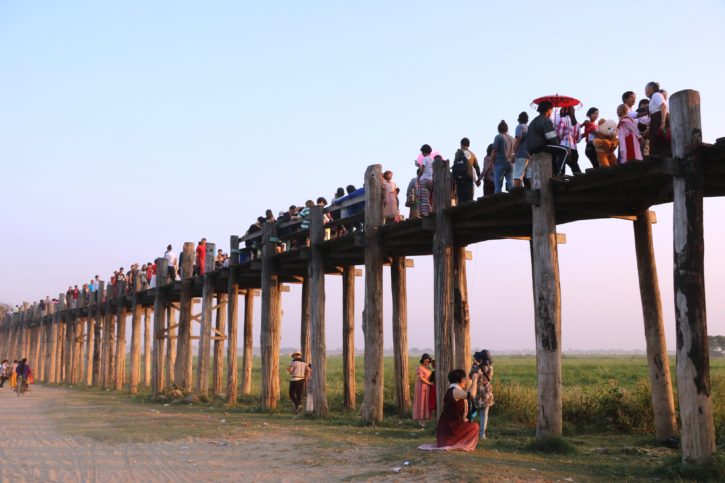
Incredible sunsets (Mandalay Hill)
Mandalay is famous for its sunsets and watching the sun go down from the 240m high Mandalay Hill is a must have experience. Along with the sunset, you can drink in panoramic views of the city and of course pagodas dotting the hills around. If walking is not your thing, a taxi can bring you straight to the top. The views more than make up for the hardship (if you have decided to walk). Be rewarded with sight of the beautiful pagoda at top decorated with small mosaic stones. Evenings are generally less smoggy which makes your experience far more rewarding.
Note: Dress conservatively. No shorts or sleeveless. remove your shoes when you enter the temple. You can walk to the top (45 minutes – 1 hr) through a series of never ending stairs.
Go back in time in Inwa (Ava)
Hop on the boat for a short ride across Irrawady river to reach the old royal city of Inwa. As I explored this “city” on a horse cart, I realised how much history Myanmar has. Most of the ancient buildings have given in to the time, natural calamities and weather, but many still stand intact and proud. Especially fascinating to me was the “Leaning Tower” and the Teak Monastery.
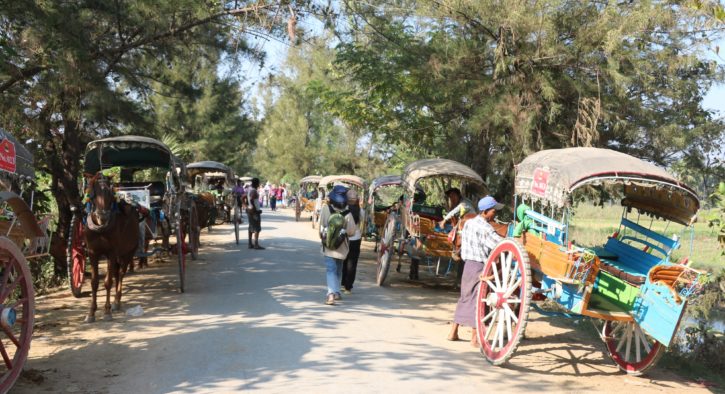
The Royal Palace
Much like the Forbidden City in Beijing, the Mandalay Palace & Fort complex was more than just royal living quarters – it was a walled city within Mandalay. Today very little of that exists. History stands witness to the destruction of Mandalay Palace, with the arrival of British forces in 1897 when they looted and pillaged the Palace. During WW II, it was burned down. The reconstruction work began in 1989 – using modern techniques and material (as against the original teak wood). However the Royal Palace is still one of the most visited sites of Mandalay.
Mahamuni Paya
According to ancient history, there are only 5 statues of Buddha that actually look like Buddha – two of them are in India, 2 in Paradise and one in Myanmar. The one in Myanmar is housed at Mahamuni Paya, is cast in bronze and weighs over 6.5 tonnes.
You might be thrown off-track at first when you arrive here, thanks to the entrance being clogged with stalls, loud music and shoppers, but push past this distraction to reach the bronze Buddha seated on a 6ft high pedestal. The statue itself is 3.8m in height.
Note for tourists: Please cover your shoulders and legs. However if you have arrived without a scarf, lyongi or long-pants or long skirt, please feel free to borrow one at the entrance for free.
Do not be put off by the “intermingling” of religion and commerce as you can see here – it is a practice you will see all over the country.
USEFUL INFORMATION
Best time to visit Mandalay
Since the dry season runs from November -February (all over the country) and the weather is pleasant (with occasional rainfall), this has become the season that sees maximum visitors to the country. Avoid traveling between the months of March-May when the temperatures can shoot up alarmingly. May/June through October is the rainy season -which brings the temperature down, makes everything green – but remember that Myanmar is a developing country and you might find rain-related inconveniences during this time.
Is it safe to travel in Mandalay
Traveling in Myanmar (caution must be exercised if you are traveling through Rakhine state) is generally safe. Follow normal safety precautions. Travel websites will tell you to exercise “high degree of caution” – but having traveled solo through the country over four weeks, I found no cause for alarm and never for a moment felt unsafe. Myanmar is SAFE to travel.
What to buy in Mandalay
I am not a big fan of souvenirs, but Mandalay changed that. Here is a short list of things you might consider buying that you will never regret!
- Lyongi
- Silk Shawls and scarves
- Sand Paintings
- Marionettes
- Pathein Umbrella (colourful paper-made and bamboo-framed umbrella)
- Wood-carved statues
- Cigars

What to pack for Mandalay
- Mandalay enjoys moderate temperatures (gets extremely hot in March-May) so light, cotton clothes are ideal considering the weather. However if you are going towards Inle Lake, make sure you have something warm.
- Always carry a shawl or a lyongi as you will be visiting temples and pagodas which require conservative dressing.
- Shoes will be cumbersome (lesson learnt), to say the least, as you will be required to take them off before entering a temple or a pagoda.
- Prescription medicines might be hard to find outside of few major cities, so plan ahead if you are intending to travel long-term.
Traveling to Mandalay? Take my article with you – click link below to save this story.


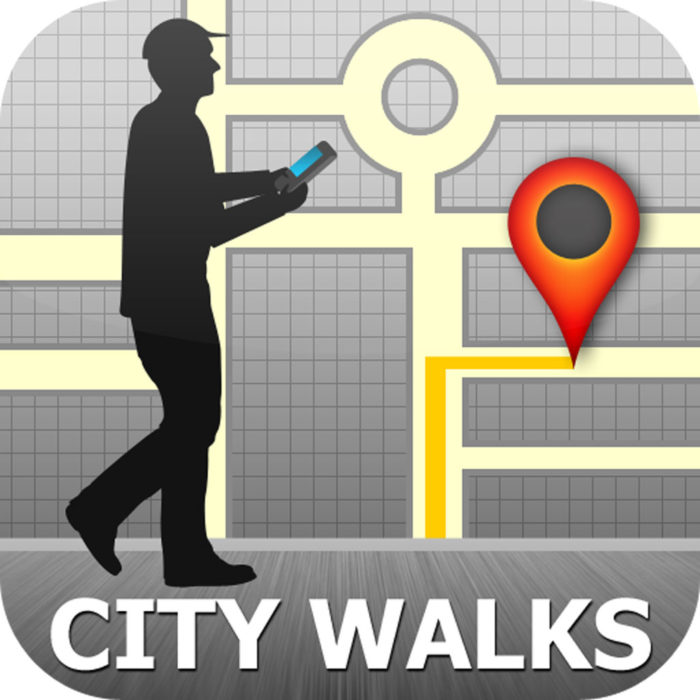
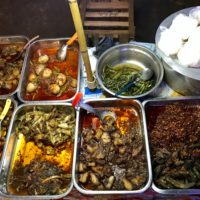

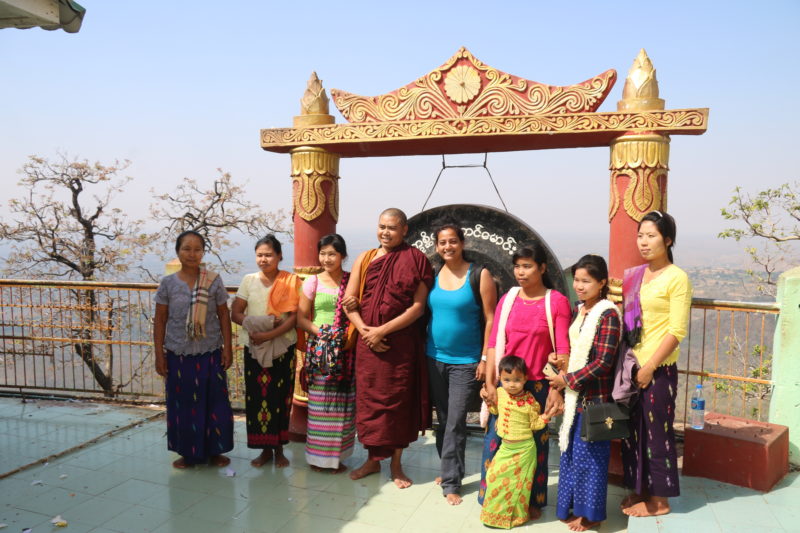

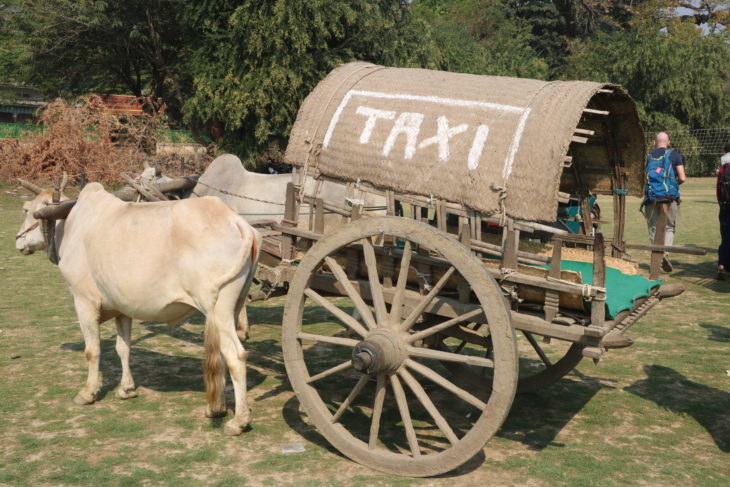
This is such a great article! I had no idea about Mandalay! I love your useful information section. The sunsets also sound so beautiful (I love that you included the tip about dressing conservatively).
I loved Mandalay too. These short day trips make the city even more special. Unfortunately, I could not check out the U-Bien bridge when I was there. Maybe another time.
Those are some amazing highlights! You’ve made me really curious! the U-bien bridge looks fantastic.